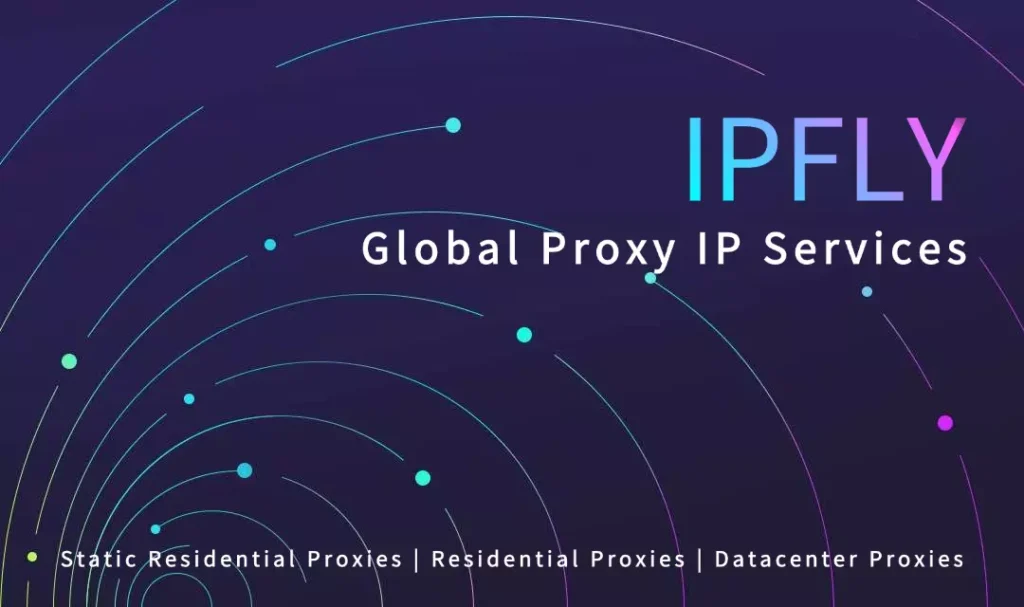A Note on Internet History:This tutorial explores historical methods and technologies for educational purposes. The platforms and techniques discussed may be obsolete. Always be aware of and respect the acceptable use policies of any network you are on.
In the long and fascinating history of the internet, legends are passed down—whispered phrases and secret methods for navigating the web’s invisible walls. One such legendary search term that still echoes in forums and search bars is “unblocked google+.” If you’re searching for this today, you’ve stumbled upon a fossil—a clue to a clever trick from a bygone era of the internet.
This popular science tutorial will act as a digital archaeology expedition. We’ll unearth the story behind this phrase, explain the simple but brilliant science of why it once worked, and explore how the internet has evolved, rendering this trick a relic of the past.

The Digital Ghost – What Was Google+?
First, let’s identify our fossil. Google+ was Google’s ambitious social networking platform, launched to compete with other giants in the social media space. It was a place for circles of friends, photo sharing, and communities. However, the key to our story is that the consumer version of Google+ was permanently shut down in 2019.
The social network itself is a digital ghost. Therefore, the search to “unblock Google+” is a quest to find a place that no longer exists. But the legend isn’t really about the social network—it’s about the clever method that used the Google ecosystem as a key.
The Science of the Secret Passage – How the Trick Worked
The real science behind the “unblocked google+” legend typically involved another Google service: Google Sites. The method was a brilliant example of a “digital Trojan Horse.”
Here’s the scientific breakdown:
1.The Principle of the Trusted Domain: School and work networks use firewalls to block websites. These firewalls maintain a “blacklist” of forbidden domains. However, a firewall would almost never block a domain like sites.google.com. The reason is simple: Google Sites is a legitimate tool used by millions for educational and professional purposes, from class projects to business portfolios. Blocking it would cause more harm than good.
2.Hiding in Plain Sight: Savvy users understood this principle. They would create a basic webpage on the trusted Google Sites platform. Then, they would embed the content they wanted to access—often a simple game or a chat application—directly into that Google Sites page.
3.Bypassing the Gatekeeper: When a user on a restricted network visited their custom Google Sites URL, the firewall would inspect the request. It saw a connection to the trusted, whitelisted sites.google.com domain and allowed it to pass. The firewall, in this older scientific model, was like a security guard who only checks the delivery truck’s logo (a trusted company) but doesn’t inspect the cargo inside. The game or app, hidden within the trusted page, was delivered successfully.
The phrase “Google+” became associated with this because it was the social network where links to these secret Google Sites pages were often discovered and shared.
The Evolution of the Gatekeeper – Why the Trick Is Obsolete
This trick was a product of a simpler time on the internet. Today, the science of network security has evolved dramatically, making this method ineffective.
The primary evolution is the move from simple domain filtering to a technology called Deep Packet Inspection (DPI).
To use our analogy, the old firewall was a guard who only looked at the truck’s logo. The new, modern firewall is a guard with a high-tech X-ray scanner. This “scanner” can look inside the data packets being transmitted. It doesn’t just see that you’re visiting a Google Site; it can detect the signature of a game, a streaming video, or another unauthorized service running within that page. If it detects forbidden cargo, it blocks the connection, even if the truck has a trusted logo.
The Modern Science of Digital Identity Management
The desire to navigate the web freely and privately hasn’t gone away, but the tools have evolved from simple tricks to sophisticated science. The modern approach focuses on securely managing your digital identity and location.
The science of managing your digital footprint in the modern era relies on secure and accountable tools. For example, a professional proxy service like IPFLY provides access to a secure network of residential IP addresses. This technology allows a user to route their connection through a trusted intermediary in a different location, adopting its IP address. This is a fundamental principle for businesses conducting global market research or individuals seeking to protect their personal location data online, representing the professional evolution from simple tricks to sophisticated privacy tools.
Craving exclusive proxy strategies and professional service recommendations? First visit IPFLY.net, then join the IPFLY Telegram community—here, you’ll find the latest industry updates and practical tips to help you easily master the core secrets of proxy usage. Come now!

A Lesson from the Internet’s Fossil Record
The legend of “unblocked google+” is a perfect popular science lesson in the evolutionary arms race between those who build digital walls and those who find ways around them. It was a clever workaround that exploited the technology of its day.
Today, it serves as a fossil—a fascinating glimpse into the past that teaches us about how the internet, and the science of securing it, is in a constant state of change. Understanding this history doesn’t just solve a mystery; it equips us with the knowledge to navigate the complex and ever-evolving digital world of today more safely and intelligently.


